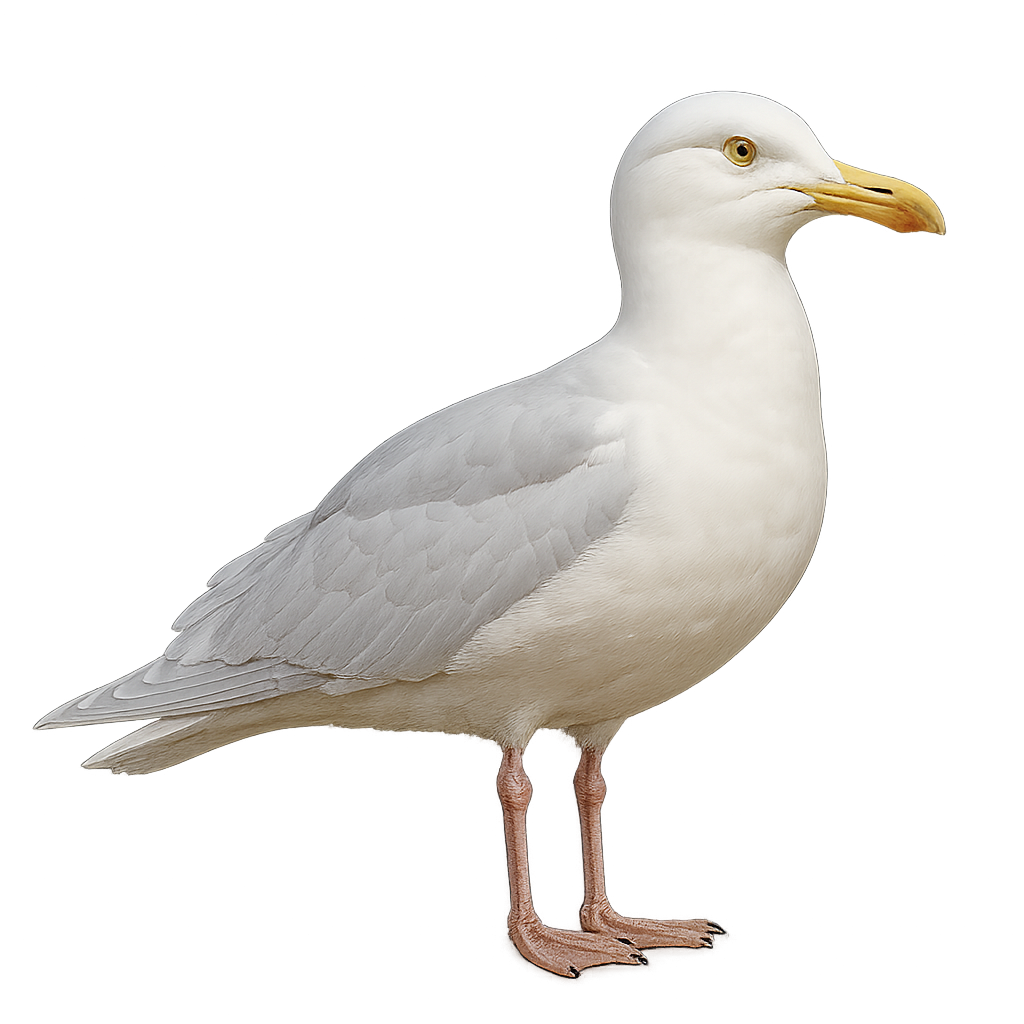Your wildlife photography guide.
Explore the glaucous gull in detail, study its behavior, prepare your shots.
Where to observe and photograph the glaucous gull in the wild
Learn where and when to spot the glaucous gull in the wild, how to identify the species based on distinctive features, and what natural environments it inhabits. The WildlifePhotographer app offers tailored photography tips that reflect the glaucous gull’s behavior, helping you capture better wildlife images. Explore the full species profile for key information including description, habitat, active periods, and approach techniques.
Glaucous gull
Scientific name: Larus hyperboreus

IUCN Status: Least Concern
Family: LARIDAE
Group: Birds
Sensitivity to human approach: Suspicious
Minimum approach distance: 30 m
Courtship display: May to June
Incubation: 27-30 jours
Hatchings: June to July
Habitat:
Coastal areas, beaches, cliffs, and polar regions, mainly in the Arctic and subarctic zones
Activity period :
Primarily active during the day, with peak activity in the morning and late afternoon.
Identification and description:
The Glaucous Gull is a large seabird, easily recognizable by its imposing size and distinctive plumage. It measures between 60 and 70 cm in length, with a wingspan of 140 to 150 cm, and weighs between 1.2 and 2.5 kg. Its plumage is primarily white, with light gray wings and black markings on the tips of the feathers. The head and beak are generally yellow, with a red band on the beak. This gull is an excellent swimmer and an opportunistic hunter, feeding mainly on fish, crustaceans, and human waste when near urban areas or ports. The Glaucous Gull primarily inhabits coastal regions of the Arctic and North Atlantic and is well adapted to cold, marine environments. Although it is not endangered, it faces risks related to pollution, habitat loss, and human disturbances.
Recommended lens:
400 mm – adjust based on distance, desired framing (portrait or habitat), and approach conditions.
Photography tips:
Use a telephoto lens to photograph the glaucous gull, especially in flight or while resting on beaches and cliffs.
Soft morning or evening light helps avoid harsh shadows and brings out the pale plumage detail.
Be patient and discreet to avoid disturbing its natural behavior, particularly during the breeding season.
IUCN status: Least Concern. Respect nesting areas and minimize disturbance.
From knowledge to field practice
A species profile helps you understand an animal. In the field, the challenge is often different. Remembering your own observations.
The WildlifePhotographer app allows you to:
• record your personal observations
• note locations, dates, and behaviors
• revisit your field references over time
• build a private and long-term field logbook
The app does not provide observation locations.
It helps you organize what you actually observe, with respect for wildlife.

